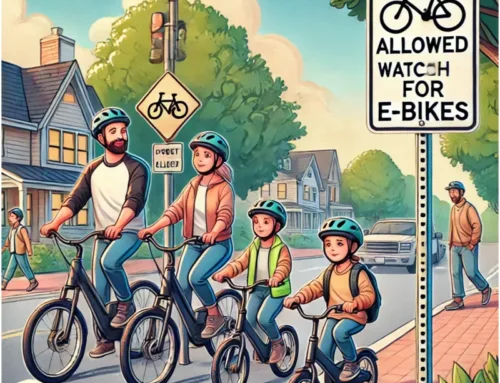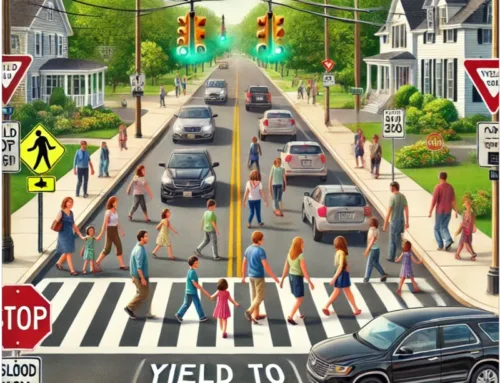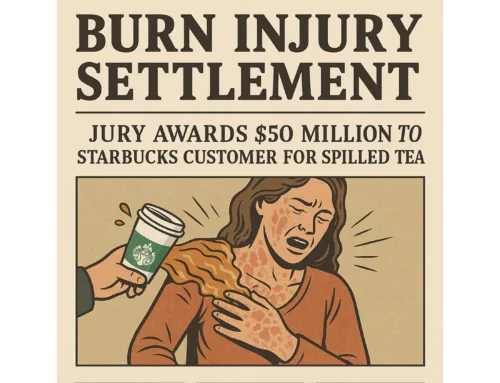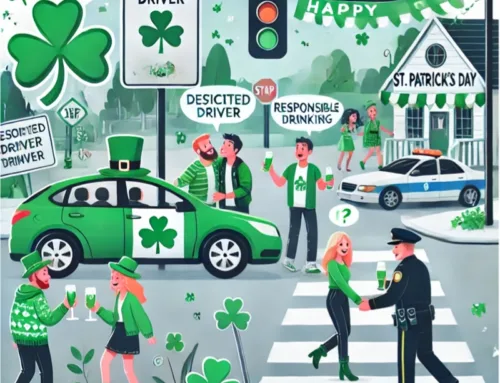Ridesharing services, such as Uber, have transformed urban transportation by leveraging technology to link passengers with drivers using their personal vehicles. Known as Transportation Network Companies (TNCs), these platforms have grown rapidly in popularity and scale.
Prevalence of Ridesharing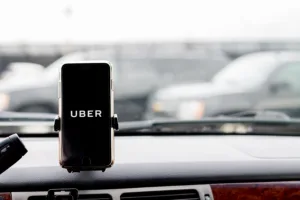
Ridesharing has become an integral part of daily transportation for millions globally:
- Uber, the largest player in the market, boasts around 75 million riders.
- Approximately 3 million drivers are part of Uber’s network.
- Collectively, these drivers have facilitated over 10 billion rides across 600 cities worldwide.
- In terms of market share, Uber dominates the U.S. ride-hailing landscape with about 85%.
The growing ubiquity of ridesharing correlates directly with an increase in traffic incidents and related legal disputes. As ridesharing continues to expand, the frequency of these accidents and ensuing lawsuits has risen.
Regulations and Policy
Ridesharing regulations cover various areas to ensure safety and accountability:
- Insurance Requirements: Insurance regulations for ridesharing vary by state, but generally mandate that drivers carry comprehensive insurance that activates during active ride periods. This coverage is crucial as it ensures that both passengers and third parties are protected financially in the event of an accident. These requirements are designed to bridge the gap between personal car insurance policies and commercial coverage needs.
- Driver Requirements: States impose specific requirements on ridesharing drivers to enhance safety and reliability. These typically include a minimum age limit, a valid driver’s license, and proper vehicle registration. Additionally, drivers must meet standards related to the physical condition of their vehicle, ensuring it is safe for passenger transport and compliant with state regulations.
- Safety Protocols: Ridesharing companies implement various safety protocols to protect passengers, including comprehensive background checks on drivers. While the depth of these checks can vary, they often look at criminal records, driving history, and, in some jurisdictions, may include fingerprint-based checks. These measures aim to ensure that drivers are qualified and safe, though requirements can differ significantly between states.
Liability and Legal Implications
The relationship between rideshare drivers and companies significantly influences liability distribution in accident cases:
- Employment Status: Drivers are generally classified as independent contractors, though this is less frequently contested in accident-related litigations.
- Vicarious Liability: Legal principles such as respondeat superior (employer liability for employee actions) and joint enterprise liability may apply but are dependent on numerous factors, including the driver’s autonomy and the company’s control over their operations.
Challenges in Imposing Direct Liability on Ridesharing Companies
- Negligent Hiring: Companies may face lawsuits for not adequately vetting drivers. However, proving negligence remains challenging due to the limited scope of background checks.
- Policy Gaps: There is ambiguity regarding the responsibility of ridesharing companies during “Period 1” (app is open, no passenger matched), which often leads to disputes over insurance coverage.
Insurance Dynamics in Ridesharing
Insurance during rideshare operations is segmented into three distinct periods:
- Period 1: Driver is logged into the app without a matched ride. Typically, personal insurance applies unless otherwise provided by the ridesharing company.
- Period 2: Driver is en route to pick up a matched rider. Ridesharing company provides comprehensive coverage.
- Period 3: Passenger is in the vehicle. Coverage includes third-party liability and potentially more, depending on the policy specifics.
Despite structured insurance policies during active rides, there are coverage gaps, especially when drivers are waiting for ride matches. Some insurers have introduced ridesharing endorsements to personal auto policies to address these gaps, available for a nominal addition to the premium.
Future Prospects and Safety Enhancements
The future of ridesharing holds potential for expanded services including food delivery, non-emergency medical transportation, and more specialized rides like those tailored for children or women. Each new service introduces complexities regarding liability and insurance coverage, necessitating robust frameworks for protection and accountability.
Strides Toward Safer Ridesharing
In response to the challenges and risks associated with ridesharing, companies are continuously refining safety measures:
- Enhanced Background Checks: Some regions have taken proactive steps to bolster the safety of ridesharing services by requiring more thorough background checks for drivers. While not a universal standard, these enhanced measures may include multi-year criminal record reviews, sex offender registries checks, and even fingerprint-based screenings where legislated. The aim is to provide a safer environment for passengers by ensuring that drivers meet stringent safety criteria before being allowed to operate.
- Technological Advances: Ridesharing companies are increasingly leveraging cutting-edge technologies to monitor and improve driver behavior. This includes the use of telematics to track speed, braking patterns, and overall driving style, which can alert the company to potentially unsafe driving practices. Additionally, some services use apps that require drivers to perform periodic identity confirmations to prevent fraud. These technological tools are crucial in maintaining high safety standards and ensuring compliance with operational policies.
- Legal and Regulatory Developments: The dynamic and still-evolving legal landscape significantly impacts the operational strategies of ridesharing companies. Recent court cases have deliberated over the complex relationships between drivers and ridesharing platforms, specifically concerning liability and insurance coverage during accidents. These rulings are pivotal, as they clarify the extent of responsibility that companies like Uber and Lyft hold in incidents involving their drivers. As these legal interpretations develop, they set precedents that influence future regulatory measures and company policies.
The evolution of ridesharing services brings both convenience and challenges. By addressing these through stricter regulations, improved safety protocols, and clear liability frameworks, ridesharing can continue to serve as a reliable transportation option while minimizing risks for all parties involved.
Contact MyNJInjuryLawyer
Have questions? Need answers about an injury that occurred in New Jersey as a result of someone else’s negligence? If you or a loved one suffered an injury in an accident, you should contact an attorney familiar with handling these claims. My NJ Injury Lawyer Howard P. Lesnik, Esq. offers free strategy sessions to address any issue or questions you may have about your injury, medical bills or your accident claim.
Please contact NJ Injury Lawyer Howard Lesnik, Esq., immediately if you were involved in a pedestrian accident and were injured or suffered damages. I personally handle NJ personal injury cases on a regular basis. Please contact me now by email, by phoning 908.264.7701, or by completing the form to the right to schedule your complimentary 30-minute strategy session.




